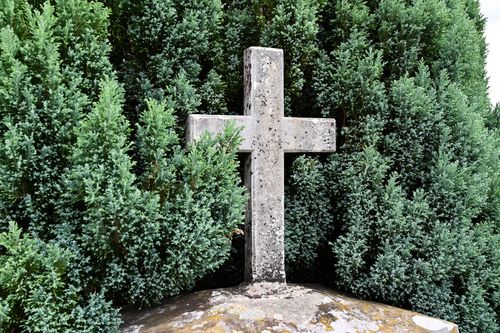 A unique and compassionate trend has emerged in the realm of end-of-life ceremonies – the rise of green and eco-friendly funerals.
A unique and compassionate trend has emerged in the realm of end-of-life ceremonies – the rise of green and eco-friendly funerals.
As people become more attuned to the impact of their choices on the environment, they are seeking ways to honor their departed loved ones while also minimizing their carbon footprint. If you are planning a funeral for yourself or a loved one, here are some great ways to make it more eco-friendly.
Eco-Friendly Funerals Emphasize Simplicity and Nature
Traditional funerals can involve a lot of complex elements – not all of which are friendly to the environment. Embalming chemicals, elaborate caskets, concrete vaults, and even memorial gifts can have long-term effects on the Earth. If you want a more eco-conscious ceremony, consider each element separately and determine ways you can adjust for more simplicity and honor the natural cycle of life and death.
Choose Biodegradable Caskets or Shrouds
One way to greatly reduce the carbon footprint of a funeral is to use biodegradable caskets or shrouds. Often made from materials such as wicker, bamboo, or even simple untreated wood, these materials decompose naturally, allowing the body to return to the earth more seamlessly. By avoiding the use of metals, plastics, and other synthetic materials, green funerals reduce the long-lasting environmental impact of traditional funeral practices.
Seek Out Natural Burial Sites
Another aspect to consider is your choice of burial sites. Natural burial grounds, also known as green cemeteries, provide a serene and natural resting place for the departed. These sites eschew traditional headstones in favor of native plants and markers that blend harmoniously with the environment. Natural burial not only reduces the demand for land-intensive practices but also encourages the growth of native flora and fauna, creating havens of biodiversity.
Use Cremation with a Conscience
While cremation is often considered more eco-friendly than traditional burials, it also has environmental impacts due to energy consumption and the release of greenhouse gases.
Depending on the resources available near you, there may be other cremation methods that are considered “greener”, such as water cremation (alkaline hydrolysis) or flameless cremation (promession). These use significantly less energy and produce fewer emissions.
Plant Memorial Trees
Planting trees in memory of the departed is a beautiful way to contribute positively to the environment while commemorating a loved one's life. More funeral homes are offering the option of planting a tree or creating a memorial grove as a living tribute. These trees not only provide oxygen and habitat for wildlife but also serve as a lasting reminder of the person's connection to the natural world.
In lieu of flowers or gifts, you may ask well-wishers to contribute to a planting fund or plant a tree in loving memory of the deceased.
The Impact of Green Funerals
The growing popularity of green funerals highlights a general shift in attitudes toward death, sustainability, and the interconnectedness of all living beings. By opting for eco-friendly funeral practices, you acknowledge the cyclical nature of life and the importance of leaving a minimal ecological footprint for future generations.
Embrace a Holistic Approach to End-of-Life
Green funerals prompt us to reflect on our place in the natural world and consider the impact of our choices even after we are gone. By choosing environmentally conscious end-of-life practices, individuals foster a sense of connection to the Earth and leave a legacy that aligns with their values.
By reimagining end-of-life ceremonies as opportunities for both personal healing and environmental stewardship, create a legacy that transcends time and leaves a positive mark on the world. Even in the face of loss, your actions can still speak volumes about your values and commitment to a healthier planet.